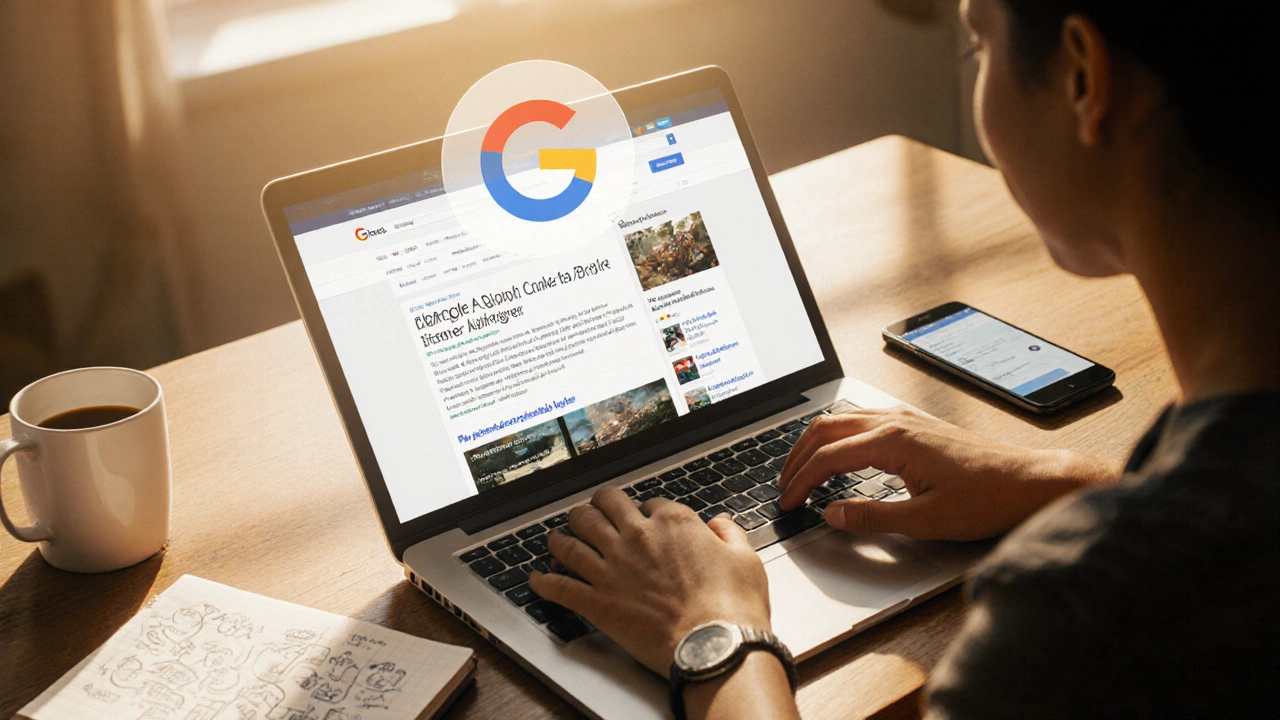PPC for Blogs – Drive Traffic & Revenue with Pay‑Per‑Click
PPC for blogs, the practice of using pay‑per‑click ads to attract readers and generate income from a blog. Also known as blog PPC, it blends advertising and content strategy to grow an audience quickly. When you pair Pay‑per‑click advertising, a model where advertisers pay each time a user clicks their ad with Google Ads, the most popular platform for creating and managing PPC campaigns, you get a powerful engine that can deliver readers right to the posts that matter. Blog monetization, methods used to earn money from a blog, including ads, affiliates, and product sales becomes far more predictable because each click can be tracked, measured, and optimized.
PPC for blogs can transform a stagnant site into a revenue engine if done right. The first semantic link is simple: PPC for blogs requires keyword research. You need to know what your target readers type into search engines, then match those terms with ad copy and landing page content. Next, effective ad copy boosts click‑through rates, which in turn raises blog monetization potential. Finally, conversion tracking connects each paid click to a concrete outcome—whether that’s a newsletter signup, a product sale, or an affiliate click. These three connections form the backbone of any successful campaign.
Key Elements That Make PPC Work for Blogs
Start with a tight keyword list. Long‑tail phrases such as "how to start a blog for free" often have lower cost‑per‑click but attract highly engaged readers. Pair those keywords with compelling ad copy that mirrors the tone of your blog—keep it conversational, promise a clear benefit, and include a strong call‑to‑action. Your landing page (often a blog post) should deliver exactly what the ad promises; mismatches cause high bounce rates and waste budget.
Budget management is another crucial piece. Set a daily cap, monitor cost‑per‑acquisition (CPA), and adjust bids based on performance. Use Google Ads’ automated bidding options only after you have enough conversion data; the algorithm works best when it sees patterns. Don't forget ad extensions—sitelinks, callouts, and structured snippets can increase your ad’s real estate and improve click‑through rates without extra cost.
Tracking goes beyond clicks. Implement UTM parameters on every ad link, connect Google Ads to Google Analytics, and set up goals that reflect your monetization strategy—be it ad revenue, affiliate commissions, or product sales. With clear data, you can run A/B tests on headlines, images, and audience targeting. Over time, the data tells you which keywords produce the highest return, allowing you to shift spend toward the winners.
All of these tactics—keyword research, ad copy creation, budget control, and conversion tracking—create a feedback loop that continuously refines your PPC for blogs effort. Below you’ll find a curated set of articles that dive deeper into each stage, from choosing the right keywords to measuring ROI with Google Ads. Explore them to turn theory into actionable results and start seeing real traffic and earnings from your blog today.
About
Monetize Blogging
